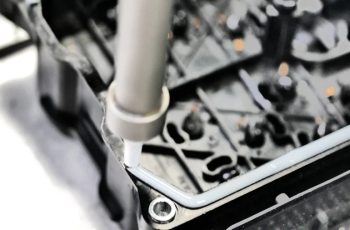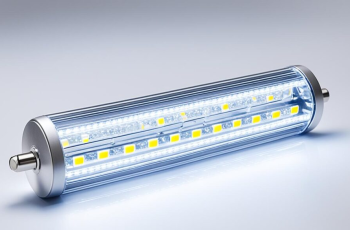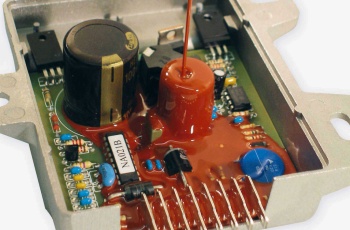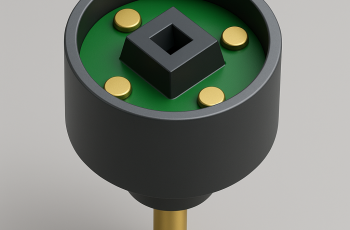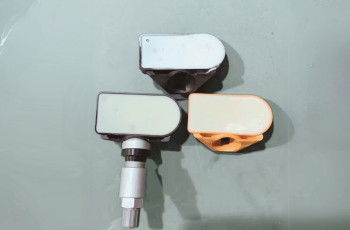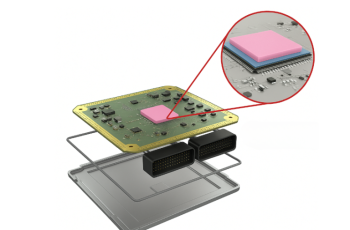With the increasing awareness of health and hygiene, ultraviolet disinfection lamps are widely used in various scenarios such as medical care, home appliances, and public environments. These types of products work in environments with high temperature, high humidity, and high ultraviolet radiation for a long time, especially the lamp board (control circuit board) part, which requires reliable waterproof treatment to avoid electrical short circuits, device corrosion, and other faults caused by water vapor intrusion. UV disinfection lampAmong numerous sealing solutions, the SIPC 1816 silicone series has become an ideal choice for UV disinfection lamp manufacturing enterprises due to its excellent fluidity, waterproofness, UV resistance, and temperature stability. This article will provide a detailed analysis of how to use SIPC 1816 to achieve deep sealing protection for lamp boards and improve the overall reliability and lifespan of the product, based on specific application cases. 1、 The application challenges of ultraviolet disinfection lampsWhen the ultraviolet lamp works, it produces high-intensity ultraviolet light, especially in the UV-C band (200-280nm), which not only has a killing effect on bacteria and viruses, but also poses a challenge to the internal materials of the lamp. As a control center, the lamp board often integrates important components such as LED drivers, timing modules, and power circuits, and imposes the following performance requirements on the adhesive: LED waterproof sealingExcellent UV aging resistance, preventing colloids from powdering and cracking due to prolonged UV exposure;Excellent fluidity, able to penetrate into device gaps and achieve deep sealing without bubbles;Good high temperature resistance (80 ℃~120 ℃), ensuring long-term stable operation;Strong waterproof and moisture-proof ability, preventing condensation or moisture from entering and causing short circuits;Good electrical insulation and flame retardancy ensure the safe operation of circuit boards.2、 Solution recommendation: SIPC 1816 silicone sealant▶ Product IntroductionSIPC 1816 A/B is a two-component, condensation type room…
More
